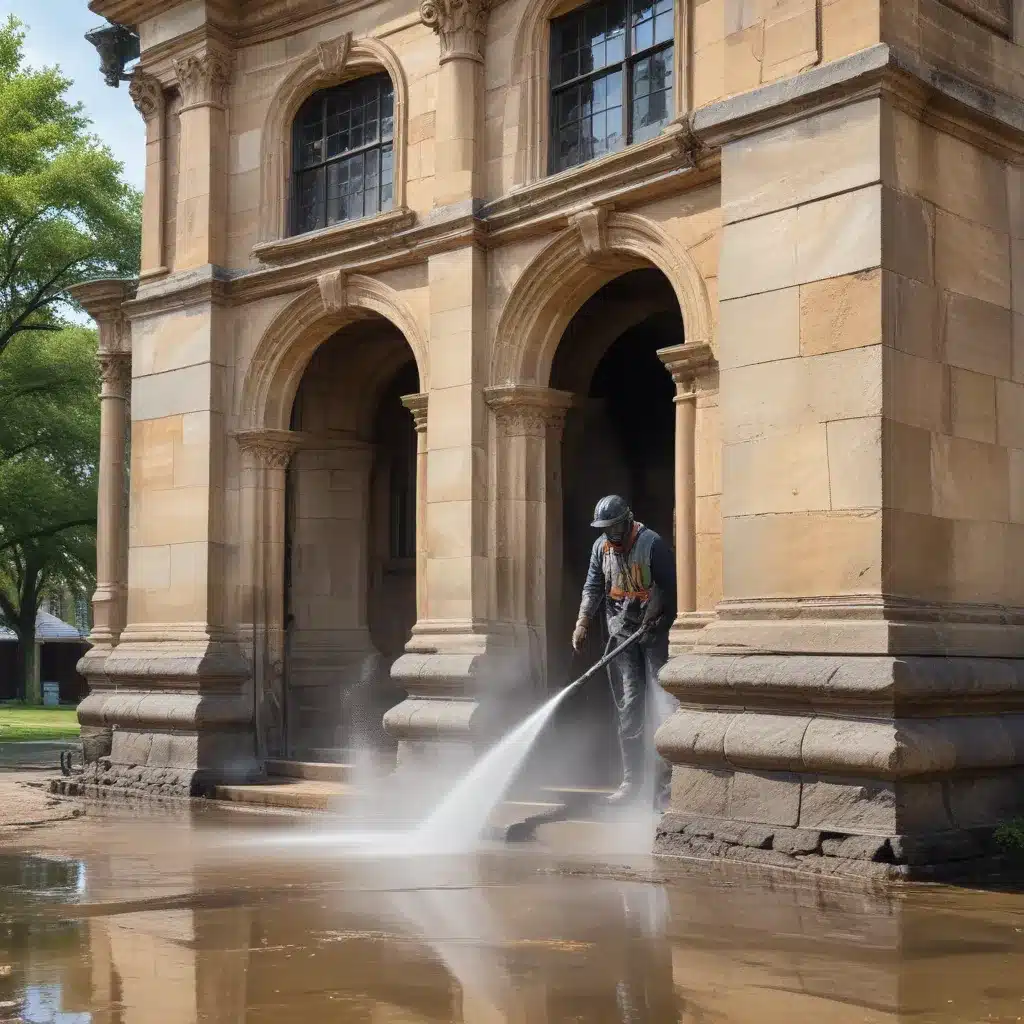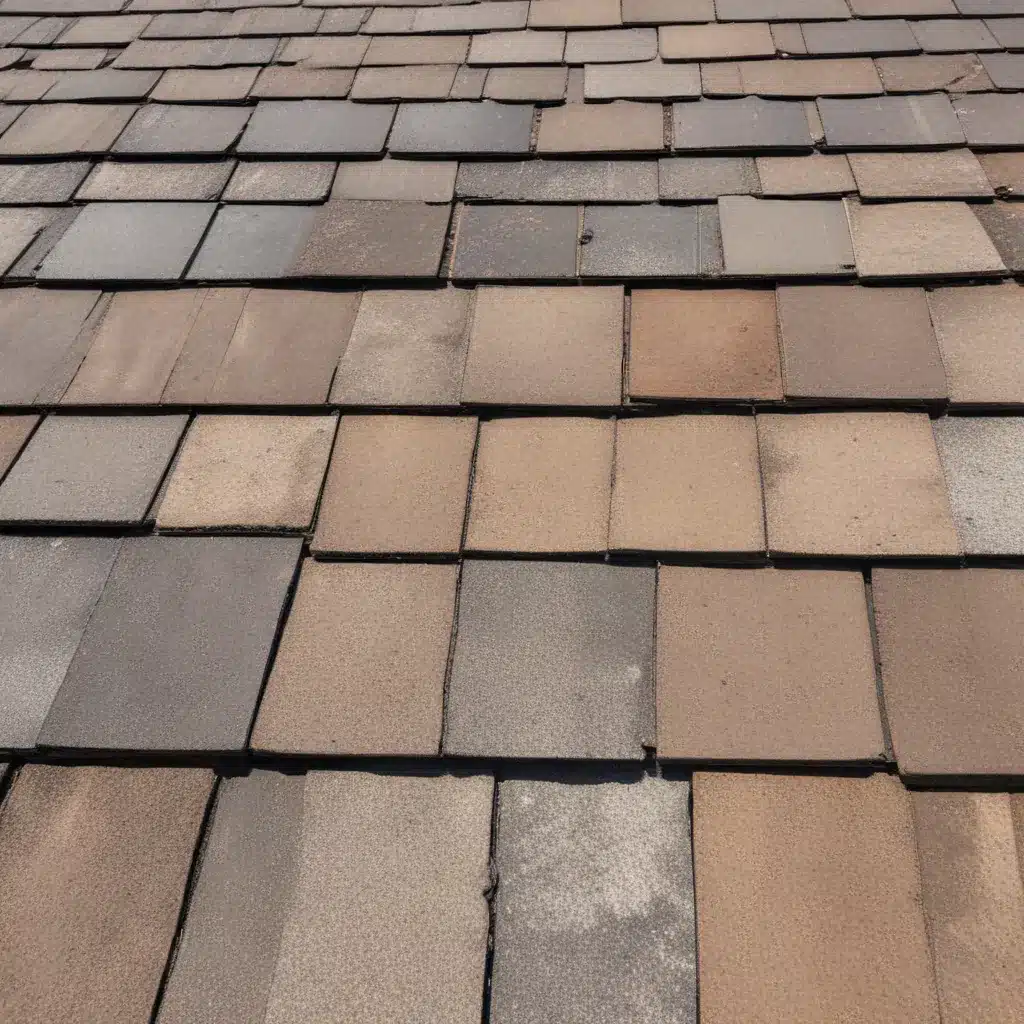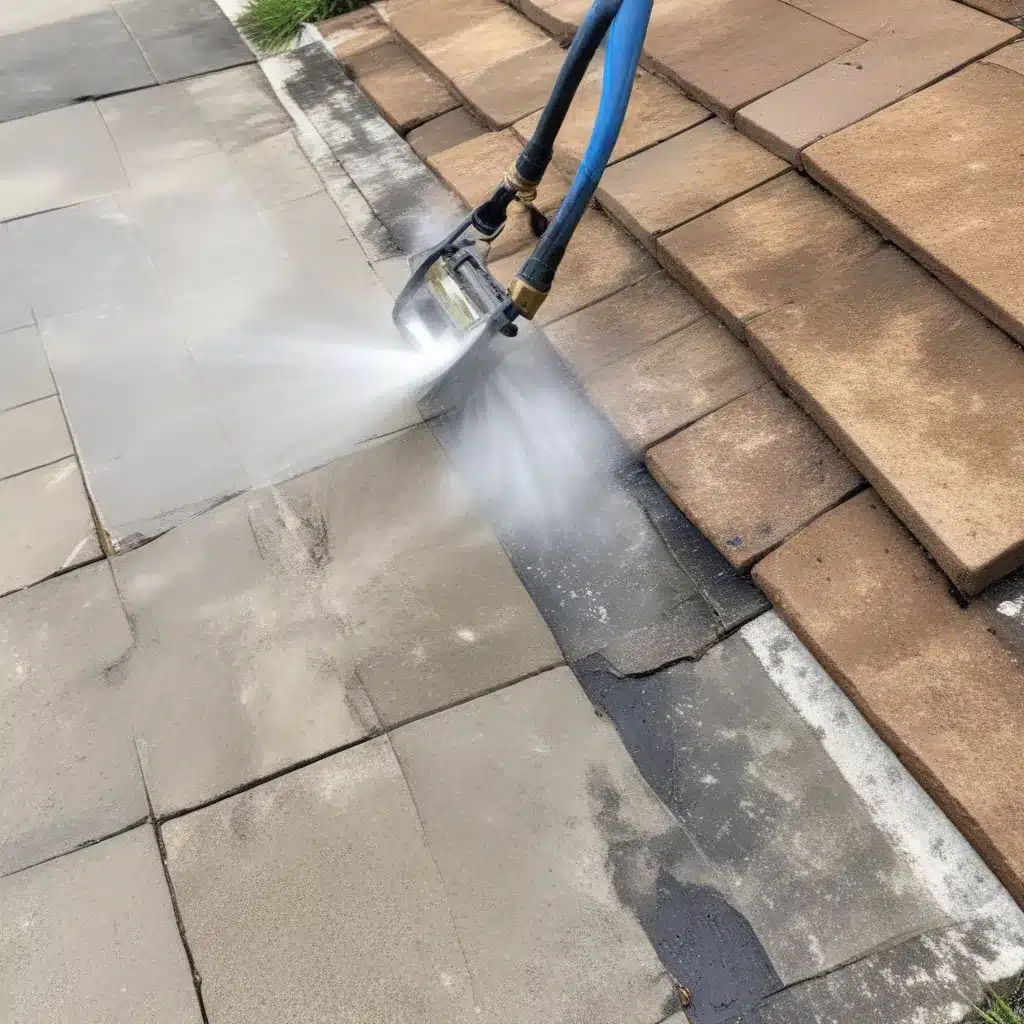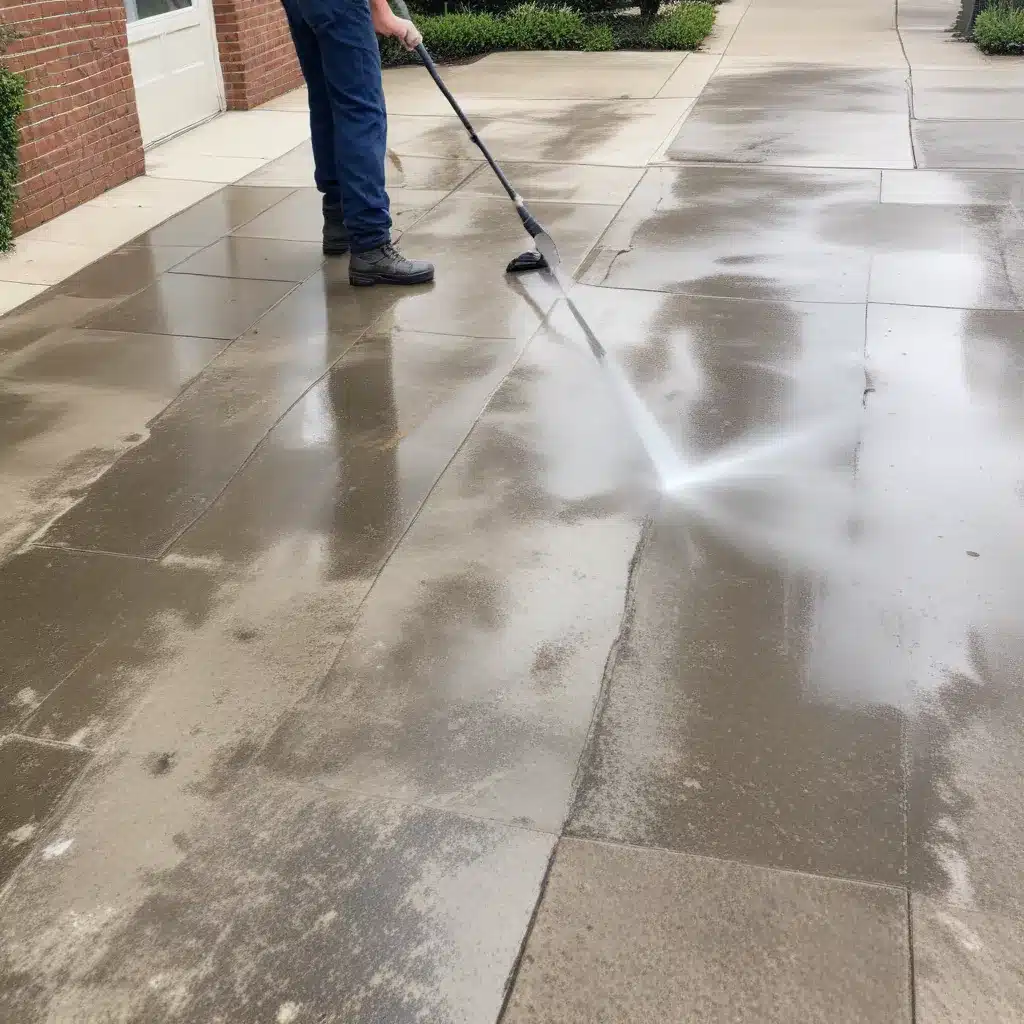
Understanding the Unique Challenges of Historic Buildings
When it comes to maintaining the grandeur of historic buildings in St. Louis, Missouri, pressure washing requires a delicate touch. These architectural treasures often feature intricate details, fragile materials, and distinct finishes that demand specialized care. Navigating the nuances of preserving historic integrity while achieving a thorough clean is a crucial task for property owners and maintenance professionals.
In the city of St. Louis, the preservation of historic structures is not just a matter of aesthetic appeal, but also a legal obligation. The city’s historic preservation ordinance mandates that any exterior cleaning or maintenance work on buildings designated as historic landmarks must adhere to strict guidelines. This includes the use of appropriate cleaning methods, materials, and techniques that do not compromise the building’s original character or materials.
Identifying Sensitive Surfaces and Materials
A crucial first step in pressure washing historic buildings is recognizing the unique vulnerabilities of the materials used in their construction. Different types of natural stone, such as granite, slate, limestone, and marble, each have their own cleaning requirements. Siliceous stones like granite are relatively durable, but can be harmed by overly abrasive cleaning. Calcareous stones, such as limestone and marble, are more porous and susceptible to damage from acidic cleaning agents.
Beyond stone, historic buildings in St. Louis often feature delicate wood, intricate masonry, and ornate architectural details that require a delicate touch. Improper pressure or the use of harsh chemicals can easily cause irreversible damage to these sensitive surfaces, diminishing the building’s historic integrity.
Navigating the Pressure Washing Spectrum
When it comes to pressure washing historic buildings, a one-size-fits-all approach simply won’t do. The key is finding the perfect balance between effective cleaning and preserving the integrity of the structure. High-pressure water can often erode surfaces over time, leading to discoloration and potential structural damage, especially on fragile historic materials.
In contrast, low-pressure washing techniques gently remove dirt and grime without compromising the building’s unique characteristics. This gentle approach is particularly crucial for historic structures, which may feature intricate decorations, porous materials, and finishes that can be easily damaged by high-pressure methods.
When evaluating pressure washing options for historic buildings in St. Louis, it’s essential to work with experienced professionals who understand the delicate balance between cleaning and preservation. These experts can assess the specific needs of your property, adjust the pressure settings accordingly, and utilize eco-friendly cleaning solutions that are safe for delicate surfaces.
Selecting Appropriate Cleaning Agents
Choosing the right cleaning agents is a critical step in preserving historic buildings. The wrong product can inadvertently damage irreplaceable architectural details, so selecting these materials with care is paramount. Consulting with conservation experts can provide invaluable guidance in identifying the most appropriate cleaning solutions for your historic property.
In St. Louis, there is a growing trend toward the use of environmentally friendly cleaning products that minimize the impact on the surrounding environment. Many historic preservation organizations and regulatory bodies recommend the use of non-toxic, biodegradable cleaners that are gentle on both the building’s materials and the local ecosystem.
Protecting Delicate Features
Identifying and safeguarding the unique architectural features of historic buildings is a crucial aspect of the pressure washing process. Ornate carvings, intricate moldings, and fragile stonework require special attention to prevent potential damage. Consulting with conservation experts can help you map out a comprehensive plan to ensure the protection of these invaluable elements.
For delicate wood and masonry surfaces, the approach involves addressing weathering effects, preserving the building’s distinctive characteristics, and employing gentle, non-abrasive cleaning solutions. Enlisting the expertise of professionals who specialize in historic property maintenance can help ensure the long-term preservation of these irreplaceable features.
Ensuring Environmental Responsibility
As a city committed to sustainability, St. Louis has implemented regulations that require pressure washing contractors to consider the environmental impact of their operations. This includes the proper disposal of cleaning solutions, minimizing water usage, and mitigating the effects of runoff on the local ecosystem.
Responsible pressure washing providers in St. Louis will work closely with property owners to develop environmentally friendly cleaning plans that protect the surrounding flora and fauna. This may involve the use of biodegradable detergents, the implementation of water reclamation systems, and the careful monitoring of wastewater disposal.
Maintaining the Legacy of Historic Structures
Regular pressure washing not only enhances the aesthetic appeal of historic buildings in St. Louis but also plays a crucial role in preserving their structural integrity and cultural significance. By removing accumulated grime, pollutants, and weathering effects, property owners can extend the lifespan of these architectural treasures and ensure their continued contribution to the city’s rich heritage.
Developing a comprehensive maintenance plan is essential for historic building owners in St. Louis. This involves regular inspections, professional maintenance, and meticulous record-keeping to identify potential issues early and implement timely interventions. By prioritizing the care and preservation of these historic structures, property owners can safeguard the city’s cultural legacy for generations to come.
Choosing the Right Pressure Washing Partner
When it comes to maintaining the integrity of historic buildings in St. Louis, the choice of pressure washing provider is paramount. Look for a company with a demonstrated track record of working with historic properties, a deep understanding of the unique challenges they present, and a commitment to preservation-focused techniques.
https://pressurewashstlouis.com/ is a local pressure washing service that has earned a reputation for its expertise in historic building maintenance. Their team of professionals is well-versed in low-pressure washing methods, the use of gentle, eco-friendly cleaning solutions, and the meticulous handling of fragile architectural features. By collaborating with conservation experts and adhering to the city’s historic preservation guidelines, they ensure that the unique character and legacy of your historic property are protected.
Conclusion
Preserving the grandeur of historic buildings in St. Louis, Missouri, requires a delicate balance of effective cleaning and unwavering respect for the integrity of these architectural treasures. By understanding the unique vulnerabilities of historic materials, embracing low-pressure washing techniques, and utilizing environmentally responsible cleaning solutions, property owners can maintain the timeless beauty and cultural significance of these iconic structures.
Enlisting the services of experienced professionals who specialize in historic building maintenance is crucial in navigating the intricacies of this specialized field. With a commitment to preservation and a deep understanding of local regulations, these experts can help you safeguard the legacy of your historic property, ensuring that it continues to captivate and inspire for generations to come.






